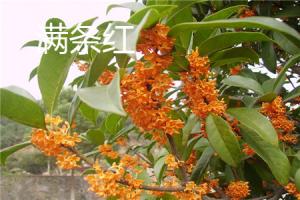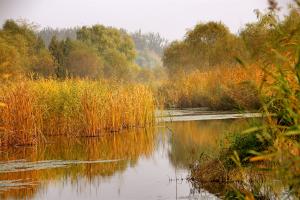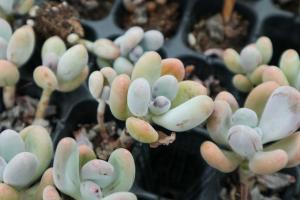Introduction
Yew trees are commonly found in churchyards across the United Kingdom. These trees have been associated with churches and graveyards for centuries. In this article, we will explore the history and significance of yew trees in churchyards.
History of Planting Yew Trees in Churchyards
The practice of planting yew trees in churchyards can be traced back to the medieval period. During this time, yews were considered sacred trees and were planted in churchyards to provide a protective boundary around the church. Yew trees were also used in the construction of longbows, which were an important military weapon in medieval England. Therefore, the presence of yew trees in churchyards also served a practical purpose in providing a ready supply of wood for archery.
Symbolism of Yew Trees in Churchyards
Yew trees have long been associated with death and immortality. In Christian tradition, the yew tree is often seen as a symbol of resurrection and eternal life. This association is based in part on the fact that yew trees are long-lived and can survive for hundreds, if not thousands, of years. Additionally, the toxic nature of the yew tree means that it can be deadly to humans and animals, which was seen as a kind of protective measure for the dead interred in the churchyard.
The Role of Yew Trees in Churchyard Ecology
Yew trees are important ecological components of churchyards. They provide a habitat for a wide range of plant and animal species, including mosses, fungi, and insects. The longevity of yew trees also means that they can provide a long-term habitat for these species. Additionally, the dense, evergreen foliage of the yew tree provides a valuable source of shelter and protection for birds and other wildlife, particularly during the winter months when other foliage may be scarce.
The Threats to Yew Trees in Churchyards
Despite their long-lived nature, yew trees in churchyards are under threat from a number of factors. One of the greatest threats is disease, particularly yew blight, which can rapidly kill large sections of the tree. Another threat comes from urbanization and development, which can lead to the destruction of churchyards and the trees within them. Additionally, a lack of appropriate management, such as pruning and regular maintenance, can lead to the decline and eventual death of yew trees.
Conclusion
The planting of yew trees in churchyards has a long history in England, and these trees continue to play an important role in our cultural landscape. As symbols of death and immortality and as important ecological components, yew trees enrich our lives and our environment. However, to ensure their survival, it is important that we take steps to protect and maintain yew trees in churchyards and elsewhere.

 how many times do yo...
how many times do yo... how many planted tre...
how many planted tre... how many pine trees ...
how many pine trees ... how many pecan trees...
how many pecan trees... how many plants comp...
how many plants comp... how many plants can ...
how many plants can ... how many plants and ...
how many plants and ... how many pepper plan...
how many pepper plan...




























